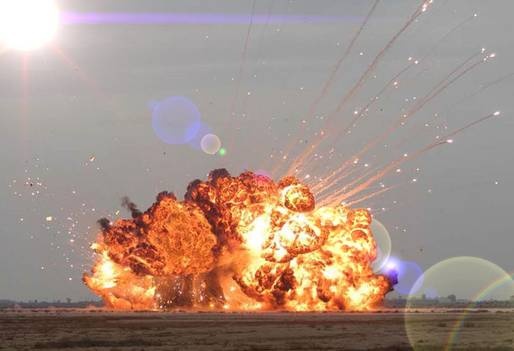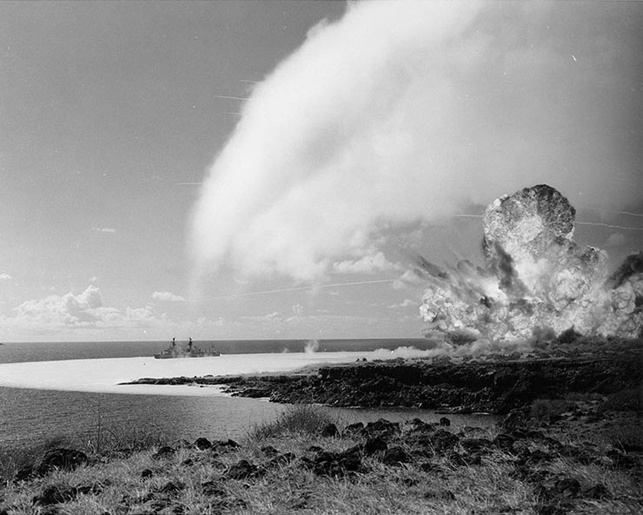DETONIM is a computer program designed to quantify the effects produced by the detonation of solid explosives.
DETONIM is used for the preparation of Safety Reports but also to determine the maximum amount of explosives that can be stored in warehouses/depots in accordance to the safety thresholds.
The effects of detonation are quantified in terms of:
- blast overpressure
- blast impulse
- thermal radiation after the fireball
- seismic wave
- concentration of toxic components
- fragments production
These consequences are compared respect to the features around the epicenter of the explosion to verify if safety thresholds are respected. In case of violation of the safety thresholds DETONIM allows determining the new maximum amount of solid explosive that can be stored in the warehouse/depot/process room/lab.
Some of the solid explosives considered in DETONIM are:
- TNT
- RDX
- Compund B
- PETN
- PSF
- HMX
- ANFO
- Ammonium perchlorate
- Ammonium nitrate
The solid explosive can be either loose or inside weapons (e.g., bombs, bullets, grenades, missiles).
The warehouse/depot can be either at or below the ground level and can be protected by an embankment to reduce the projection of fragments and absorb a fraction of the released energy.
Keywords
- EC Seveso Directives
- D.Lgs. 334/99 and D.Lgs. 238/2005
- Safety Reports
- Solid explosives
- TNT, RDX, ANFO, PCLA, AMMO, HMX, PETN, PSF
- Demil and pyrotechnic activities
- blast, overpressure, impulse, radiation, seismic wave, fireball, toxic compounds, fragments

